Last week, Lexus invited me to Austin, Texas, where I was able to drive the new third-generation Lexus IS in all its various forms. The following is a technical overview of the new model — my personal impressions of the car will follow this weekend.
Debuting at the Detroit Auto Show earlier this year, the 2014 third-generation IS is a critical model for Lexus — not only as one of the company’s best selling vehicles, but also for its central role in pushing the brand’s performance credentials.
Along with a new design, many of the upgrades to the new IS focus on its “fun-to-drive” mission — let’s take a deep look at how Lexus engineers went about improving the third-generation of the Intelligent Sport sedan.
Please note — clicking any image will display a larger version.
Exterior Styling
The exterior of the third-generation IS is dominated by two new design elements. First, the Lexus signature spindle grille serves as the IS “face” and establishes many of the lines & curves that carry throughout the body — these two photos illustrate the point perfectly:
Another defining design feature is the side profile, where the combination of a strong horizontal beltline and a bodyline extending from the rocker panel to the taillight:
Two other exterior details worth pointing out — first of all, Lexus is employing a new method of hemming the wheel arch edge:
This new technique reduces the distance between the wheel arch and the tire from 20mm (0.787 inch) to 11mm (0.433 inch), and also allows the wheel to be set 5mm (0.196 inch) further out.
An additional adjustment is the use of laser brazing to connect the roof and the side of the car — this eliminates the need for a roof drip molding:
Lighting
Standard on the 2014 IS are HID headlights and separate LED daytime running lights:
Available in the Luxury package are LED headlights, with intelligent high-beams that turn off when oncoming traffic is detected:
Other lighting details:
- LED rear taillights are standard across the board
- Fog lights are standard on every model except the F SPORT package
- Chromed-out headlight washers are included as part of the All-Weather Package on AWD models.
Aerodynamics
While the IS coefficient drag remains the same as the current generation at 0.28 (AWD is now 0.29), overall aerodynamics have been refined to improve downforce and better control the air around the vehicle — this is done by adding stabilizer fins on the A-pillars and taillights:
The underbody panels also utilize fins to smooth out the airflow:
Dimensions
The third-generation Lexus IS has grown slightly in size, increasing 85mm (3.4 inches) in length, adding 70mm (2.7 inches) to the wheelbase, and expanding 10mm (0.4 inch) in width.
Increasing the overall size adds more room inside the IS, with legroom now improved by 22.9mm (0.9 inch) in the front and 40.64mm (1.6 inches) in the back seat. The front seats also have 25.4mm (1 inch) more headroom and 38.1mm (1.5 inches) more shoulder room.
Perhaps the best comparison between the current & new models is this video:
Body Structure
In order to build a highly rigid body while minimizing weight, the new IS makes extensive use of body adhesive bonding and laser screw welding:
By using adhesive to join body panels over a larger area, IS engineers were able to make significant improvements to body rigidity — in total, the new IS uses 25 meters (82 feet) of bonding throughout the body.
Along with additional spot welds, IS engineers utilized laser screw welding around the door openings:
Lexus also revised the body platform, reconfiguring the rear floor, adding a new rear subframe, and increasing the underbody bracing:
Suspension
The standard IS has a coil-spring suspension with a new multi-link rear suspension adopted from the fourth-generation GS:
The coil spring and shock absorber have been separated, and the toe control arm has been moved to the back — these changes have improved cornering tire grip by 15% while increasing overall trunk space.
The electric power steering system has also been updated, with a revised gear ratio and improved responsiveness. The four-wheel disc brakes remain mostly unchanged from the previous model, but pedal travel has been reduced and the brake ducts have been straightened for improved cooling.
Drivetrain
Both engines from the previous generation have been carried over with only minor adjustments — horsepower remains the same:
- IS 250: 2.5L 2GR-FSE V6 engine with 204 horsepower
- IS 350: 3.5L 4GR-FSE V6 engine with 306 horsepower
Standard on the IS 250 F SPORT and all IS 350s is a new intake sound generator that increases engine sound during acceleration:
All IS 250s and the IS 350 AWD will retain the six-speed transmissions of the previous generation — however, the IS 350 RWD will now be equipped with the eight-speed Sport Direct Shift automatic transmission from the IS F:
The eight-speed transmission has a new G-Force Artificial Intelligence (G-AI) control system, which selects the optimal gear during cornering — here’s an illustration demonstration:
Both the six-speed and eight-speed transmission can also be controlled in Manual Mode through the gear shift or via the standard paddle shifts.
Drive Mode Select
IS 250s and non-F SPORT IS 350s will have three Drive Mode Select options:
- Normal mode: Balance between driving performance & fuel efficiency
- ECO mode: Maximizes fuel efficiency by smoothing out throttle response and adjusting air conditioning settings
- SPORT mode: Adjusts throttle response and electric power steering with a bias towards driving performance
Interior
The third-generation IS employs the now-signature Lexus interior design, with separate display & operation zones meant to reduce driver distraction:
Central to driving experience, the seating hip point has been lowered 20mm (0.78 inch) and the steering wheel angle has been reduced 3 degrees — this brings the driver closer to the vehicle’s center of gravity and improves the seating position:
Both front seats are 8-way adjustable, with power lumbar and adjustable headrests — synthetic leather NuLuxe is standard, with leather available as an option:
The IS now has 60/40 split/folding rear seats:
Displays & Controls
Beyond the standard speedometer & tachometer in the instrument panel, the new IS has a 4.2-inch color TFT multi-information display in the cluster center — here’s a sample of the available screens:
The multi-information display is controlled via a new circular input on the redesigned LFA-inspired steering wheel:
In a Lexus first, the IS uses capacitive touch pads to adjust driver and front-seat passenger temperatures:
Also standard in the new IS is a 7 inch VGA display mounted high in the dashboard above the center console:
On non-navigation models, the screen is controlled by the Display Audio dial in the center console:
On models with the available navigation system, the IS is equipped with the Remote Touch controller:
Both the non-navigation & navigation-equipped IS models have access to subscription-free weather & traffic information via Clear Channel HD radio — here’s how the systems differ:
- Standard Display Audio system: Weather forecast & simplified static traffic map refreshed every 10 minutes
- Navigation/Mark Levinson system: Weather forecast, Doppler radar map overlay and dynamic traffic information display
The navigation system boasts improved graphics, with both a flat view and a new 3D map with visible buildings — it also includes a new home screen that can be customized with up to three functions:
(Interesting side note: HD radio provides coverage of most major metropolitan areas, but when out of range of this service, users with the Enform app suite can receive weather & traffic updates via cellphone data.)
Audio Systems
There are two audio systems available in the IS:
- Standard 8-Speaker Audio System: AM/FM/HD/SAT/CD, two USB ports and AUX input jack
- Mark Levinson 15-Speaker Surround Audio System: 835 watts over 10 channels, including 5.1 channel/7.1 channel surround sound.
Both systems are equipped with Cache Radio, a DVR-like capability that stores up to 20 minutes of audio programming — this makes it easy to rewind live radio or return to a program after an interruption.
Safety Systems
The third-generation IS is now available with the following safety systems:
- Blind Spot Monitor: Side mirror indicators that alert the driver to vehicles traveling in adjacent lanes
- Rear Cross-Traffic Alert: Side mirror indicators and an audible tone that alert the driver to approaching vehicles when backing out of a parking space
- Lane Departure Alert: Camera-based system that recognizes road lane markers and can alert the driver if the vehicle leaves the lane
- Dynamic Radar Cruise Control: Cruise control that uses radar to maintain a set distance between the IS and the vehicle ahead
- Pre-Collision System: Millimeter-wave radar that can warn the driver about a possible frontal collision, plus adjust braking response and activate the pre-collision seatbelt system in the event of an unavoidable accident
The IS is also equipped with 10 standard airbags.
Color & Wheel Options
The 2014 IS will debut the new Atomic Silver exterior color — the remainder are all existing Lexus colors:
Three wheel designs are available:
There are four interior colors to choose from:
Matte Black trim is standard, with Dark Gray & Brown wood available in the Luxury package.
F SPORT Package
The F SPORT package is available on every IS including AWD, and while the package includes a revised suspension for all models, the IS 350 is equipped with Adaptive Variable Suspension (AVS) and Varible Gear Ratio Steering (VGRS, only available on IS 350 F SPORT RWD).
Adaptive Variable Suspension
Adaptive Variable Suspension, or AVS, controls the damping force of the shock absorbers — this allows the suspension to configure itself based on road conditions and help to maintain handling stability during cornering.
Variable Gear Ratio Steering
Variable Gear Ratio Steering, or VGRS, is available in combination with AVS, and can automatically adjust the steering gear ratio depending on vehicle speed and driving conditions — at high speeds, this system helps to improve vehicle responsiveness and stability.
Drive Mode Select
The Lexus IS 350 F SPORT adds a SPORT S+ setting to the Drive Mode Select dial, which makes a number of adjustments:
- Adjusts throttle power curve
- Remaps transmission shift timing
- AVS damping force is increased
- For the IS 350 F SPORT RWD, the VGRS gear ratio is configured to enhance steering responsiveness
Exterior Styling
The IS F SPORT has a distinctive large mesh front grille, a unique front bumper, and LFA-inspired 18-inch aluminum wheels:
Exterior Color Options
The IS F SPORT is available in five colors, including F SPORT exclusive Ultra White:
Interior
Inside, the IS F SPORT has a number of changes compared to the standard model:
- 8-inch color TFT LCD instrument panel patterned after the LFA dial
- F SPORT front seats with additional bolstering
- Aluminum interior trim
- Aluminum pedals & scuff plates
Interior Color Options
The IS F SPORT is available in three NuLuxe interior colors, including F SPORT exclusive Rioja Red:
This ends my technical overview of the 2014 IS — please check back on the weekend for my personal impressions of the IS 250, IS 250 AWD, IS 350 AWD, and the IS 350 F SPORT. Special thanks to Lexus for inviting me to this event.

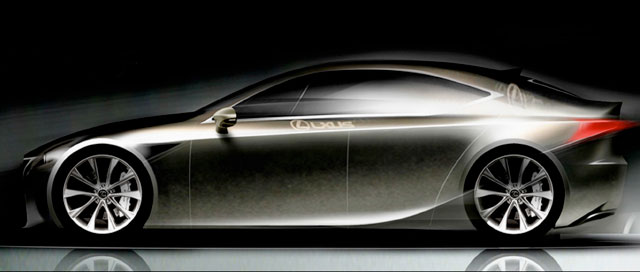
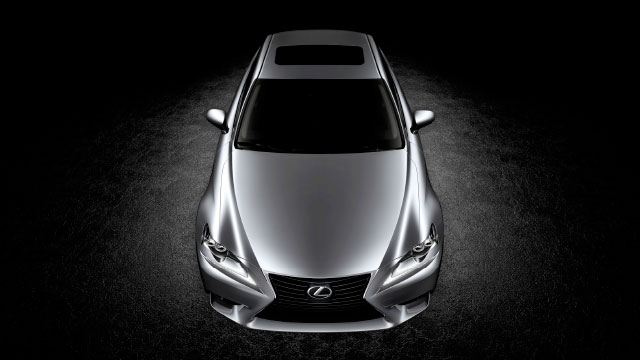
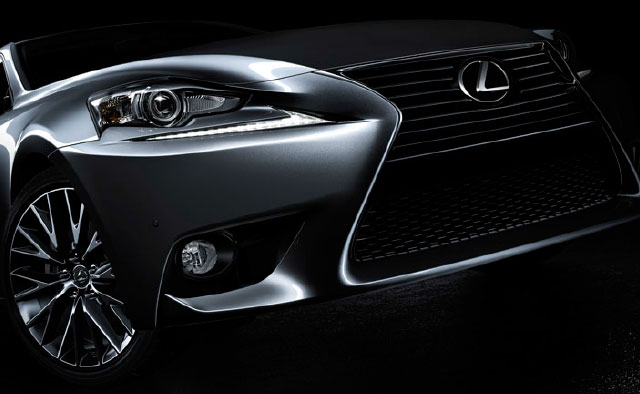
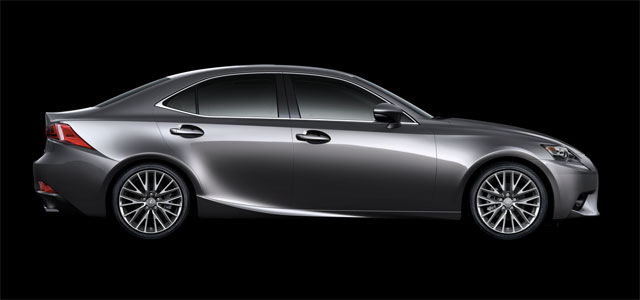

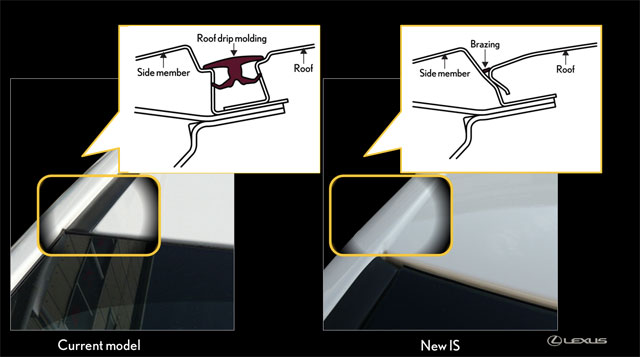


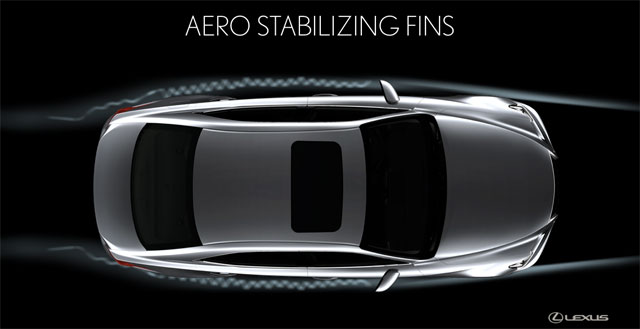
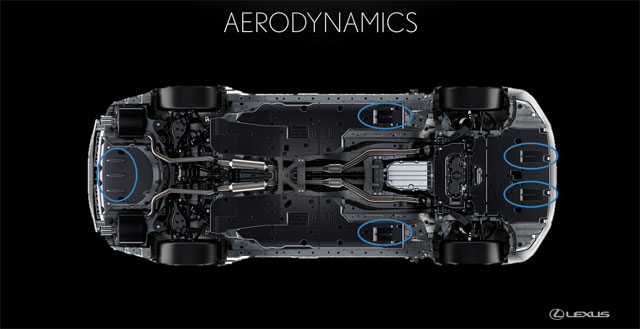
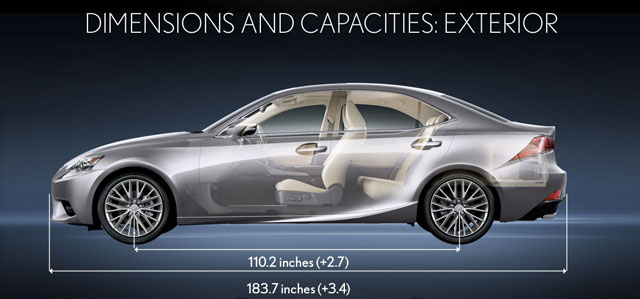
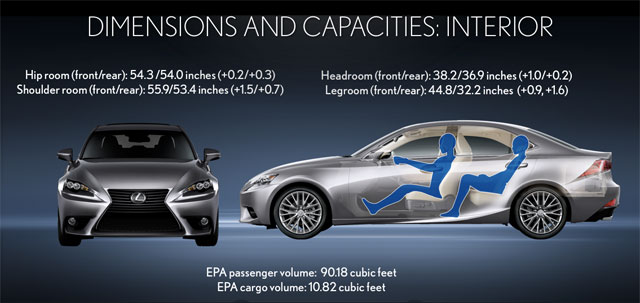


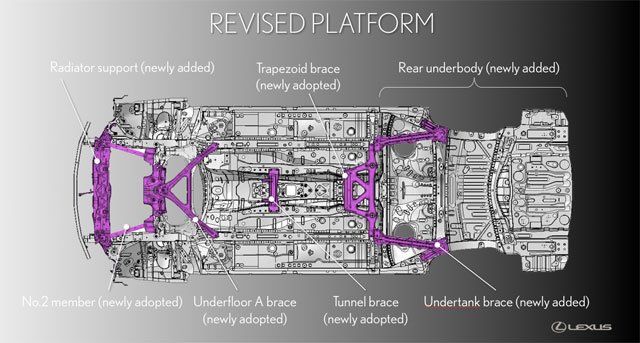
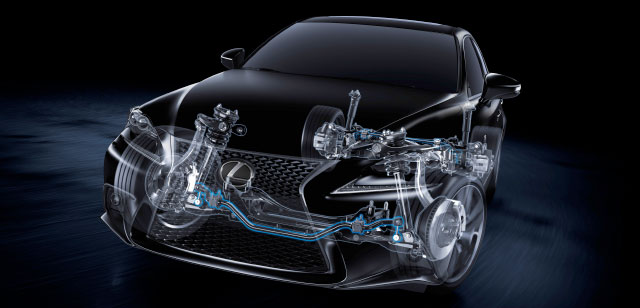
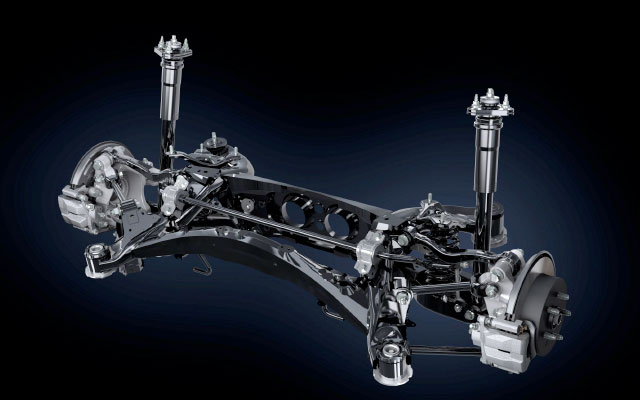

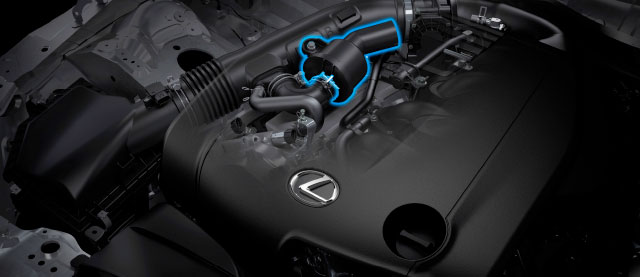
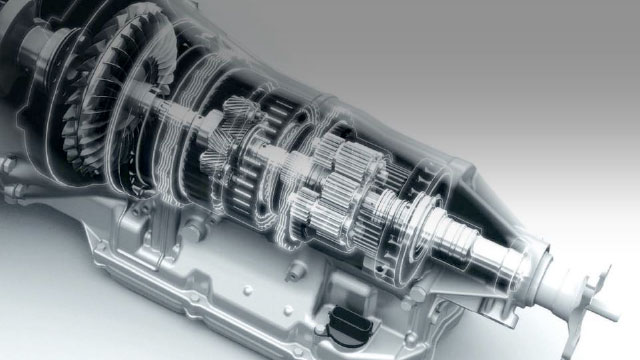

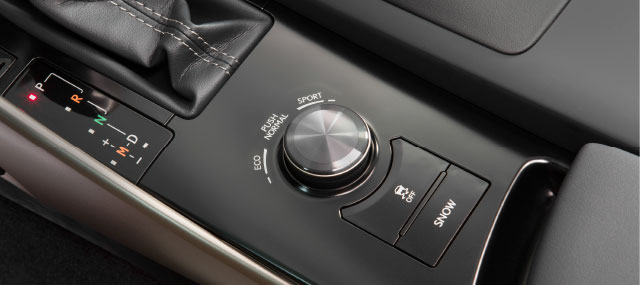
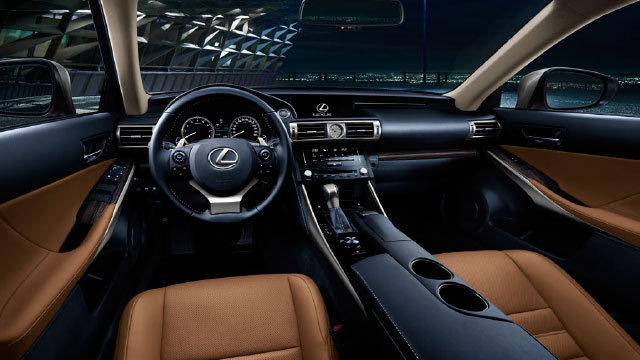
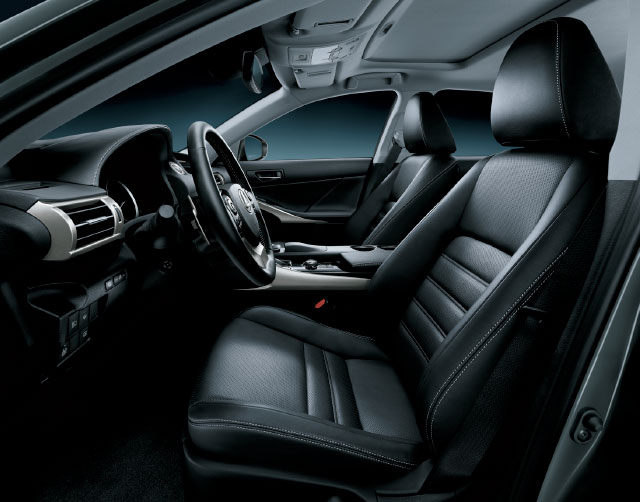
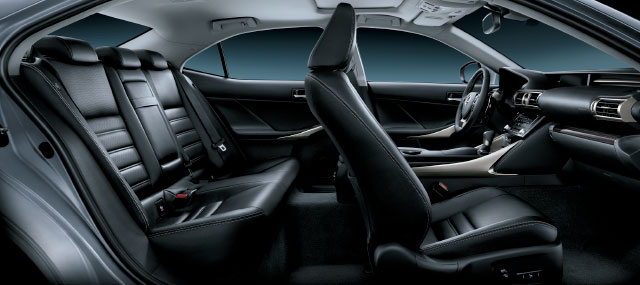

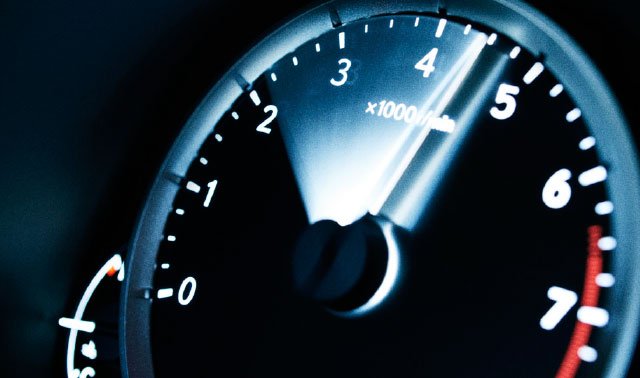
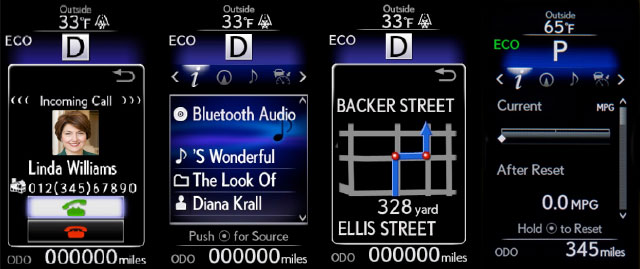

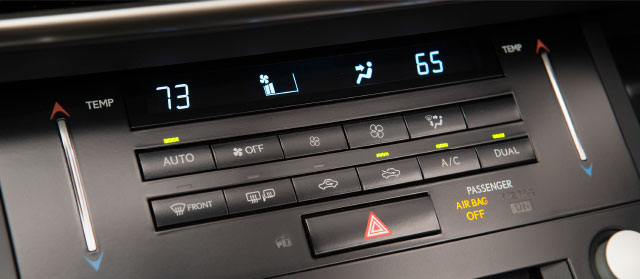

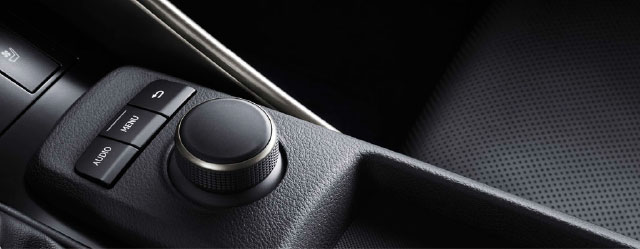
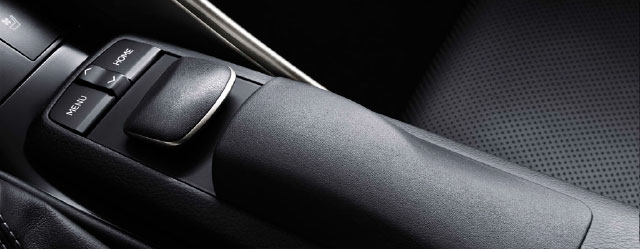
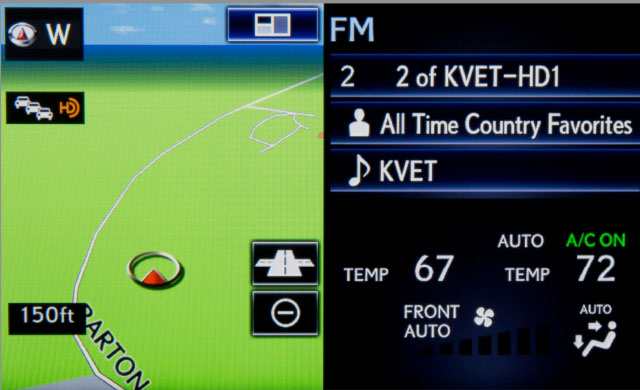
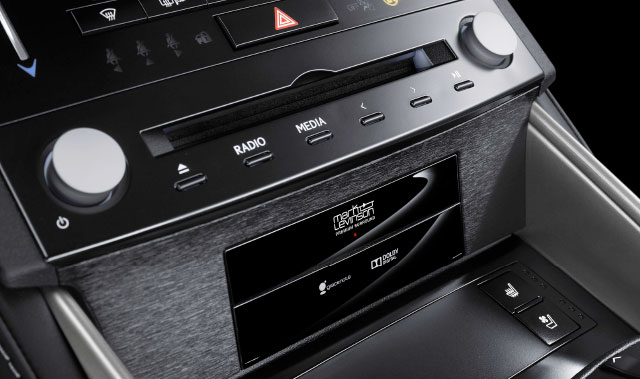
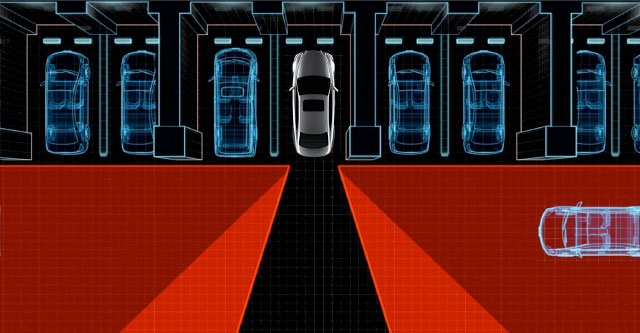
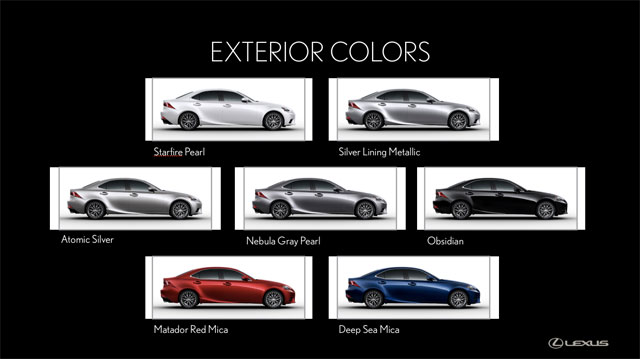
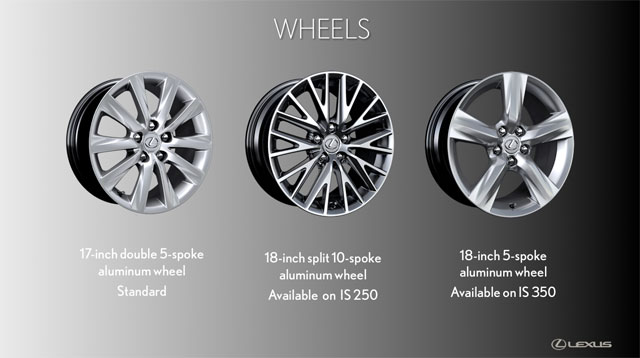
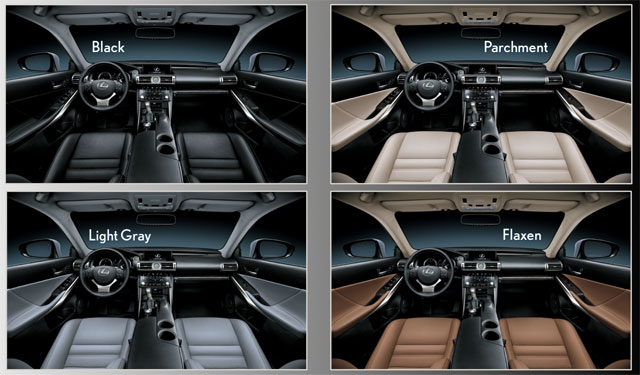

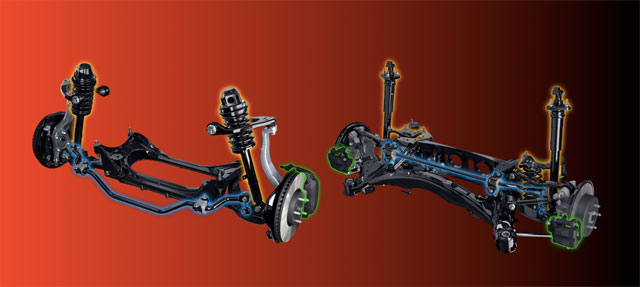

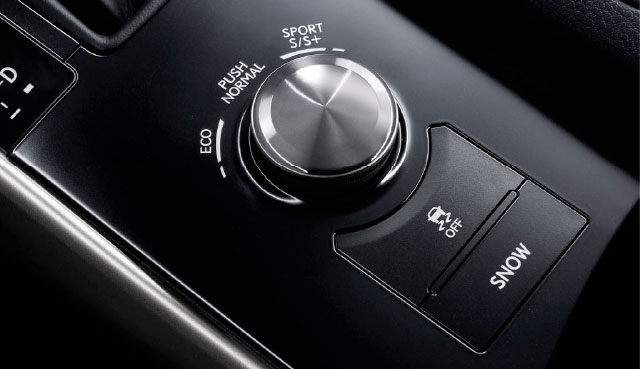
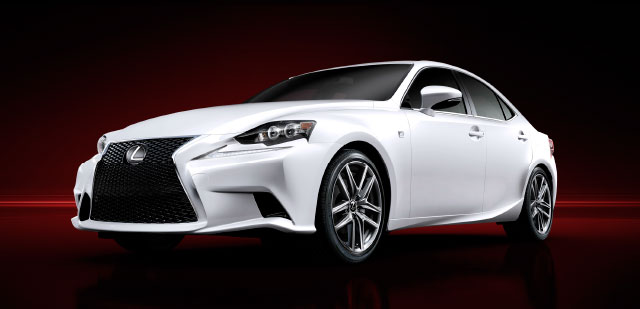
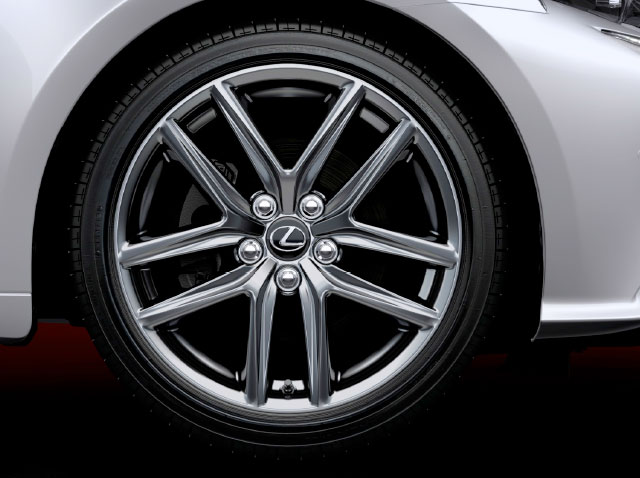
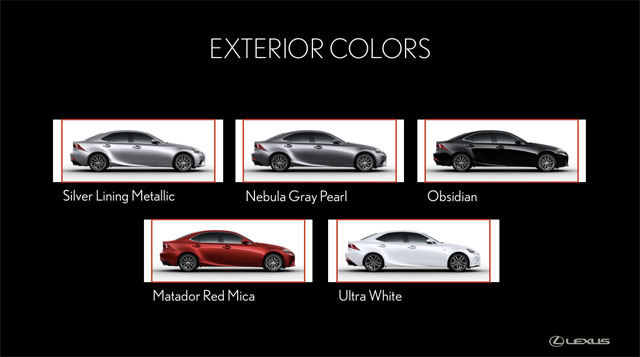
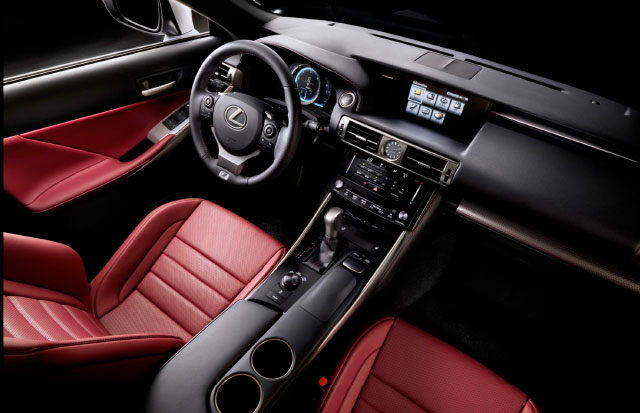

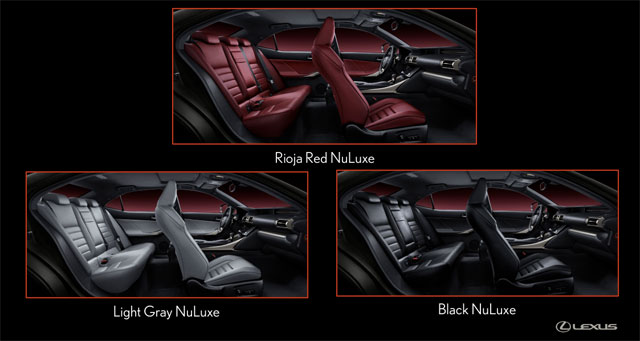
Comments